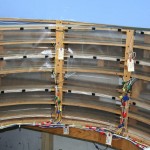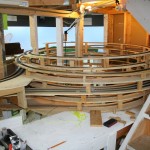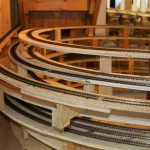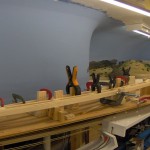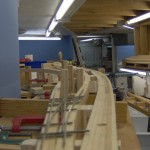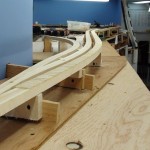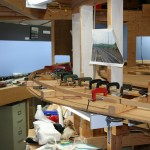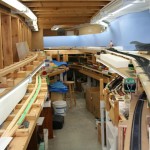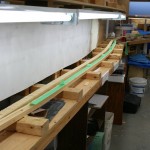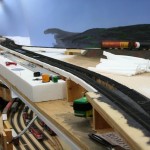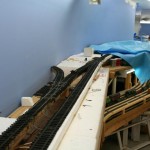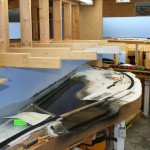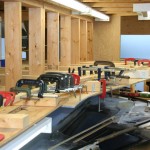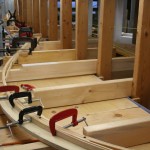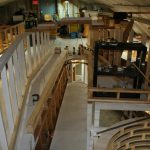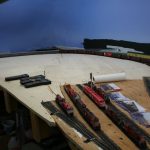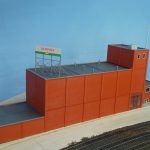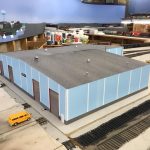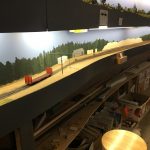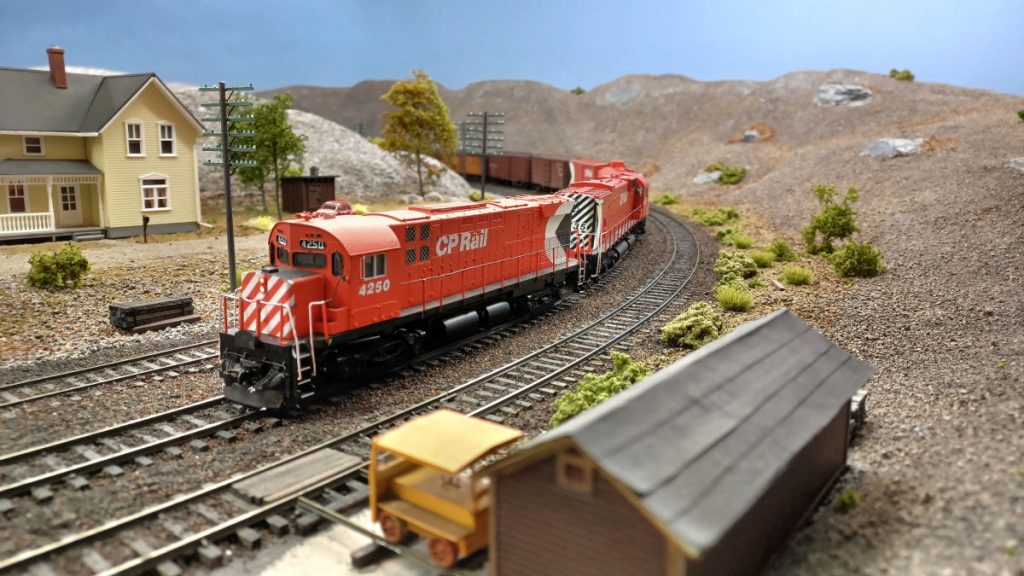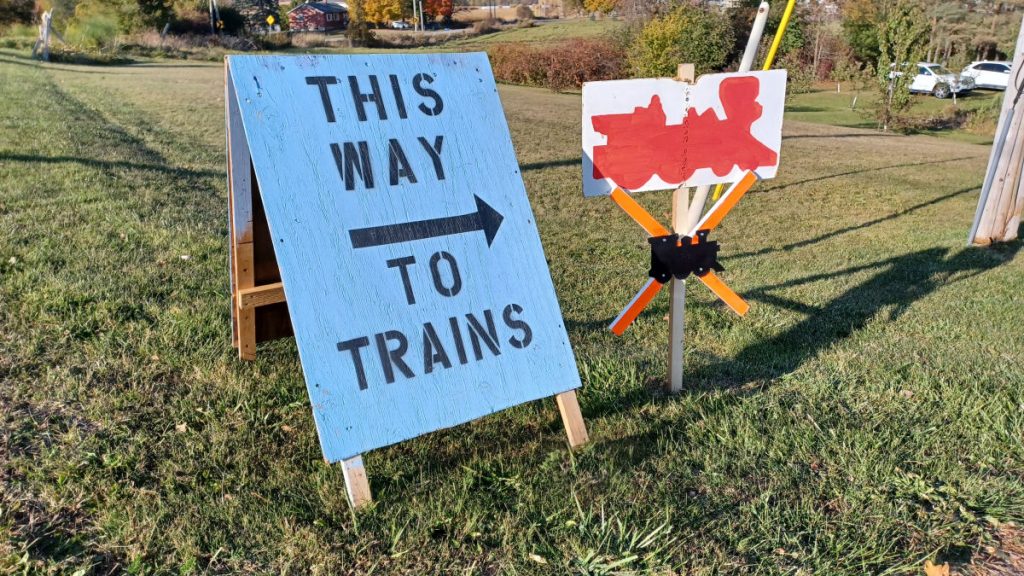Construction Photos 2010-2019
- Sudbury – 2010
- Romford – 2010
- Coniston-Wanapitei – 2011
- Romford – 2011
- Sudbury – 2011
- Wanapitei Helix – 2011
- Wanapitei Helix – 2011
- Sprecher – 2011
- Wanapitei – 2011
- Wanapitei – 2011
- Clarabelle – 2011
- Romford – 2011
- Romford – 2011
- Romford – 2011
- Romford – 2011
- Romford – 2011
- Romford – 2011
- Romford – 2011
- Romford – 2011
- Stinson – 2011
- Coniston – 2012
- Coniston – 2012
- Sprecher – 2012
- Romford/Stinson – 2012
- Wanapitei – 2012
- Romford – 2012
- Romford – 2012
- Sprecher – 2012
- Wanapitei – 2012
- Wanapitei – 2012
- Sudbury – 2012
- Sprecher – 2012
- Sprecher – 2012
- Wanapitei – 2012
- Wanapitei – 2012
- Wanapitei – 2012
- Wanapitei – 2012
- Sudbury – 2012
- Coniston – 2013
- Coniston – 2013
- Sprecher – 2013
- Sprecher – 2013
- Wanapitei – 2013
- Wanapitei – 2013
- Stinson – 2013
- Stinson – 2013
- Larchwood – 2016
- Larchwood – 2016
- Sudbury – 2016
- Sudbury – 2016
- Sudbury – 2016
- Sudbury – 2016
- Sudbury – 2018
- Sudbury – 2018
- Coniston – 2019
- Nairn – 2019
Back to Construction Photos




